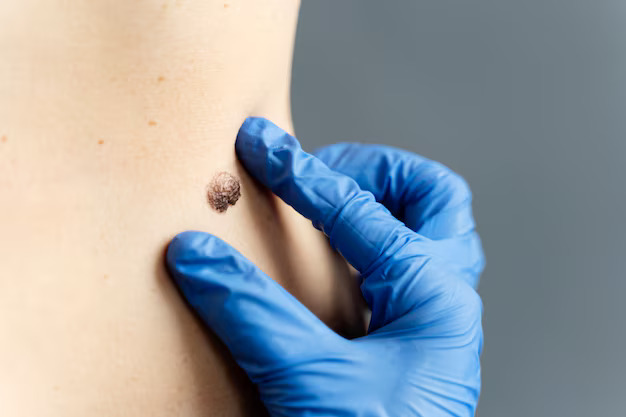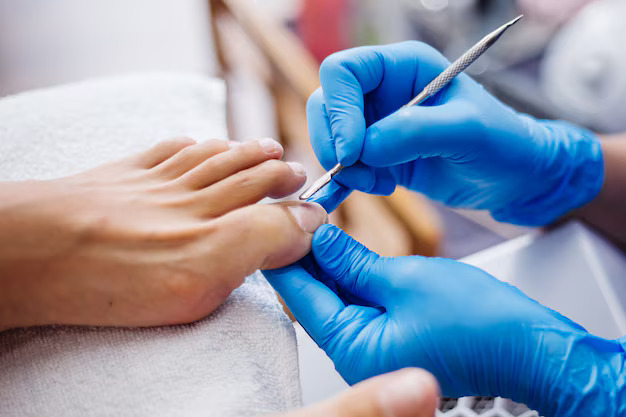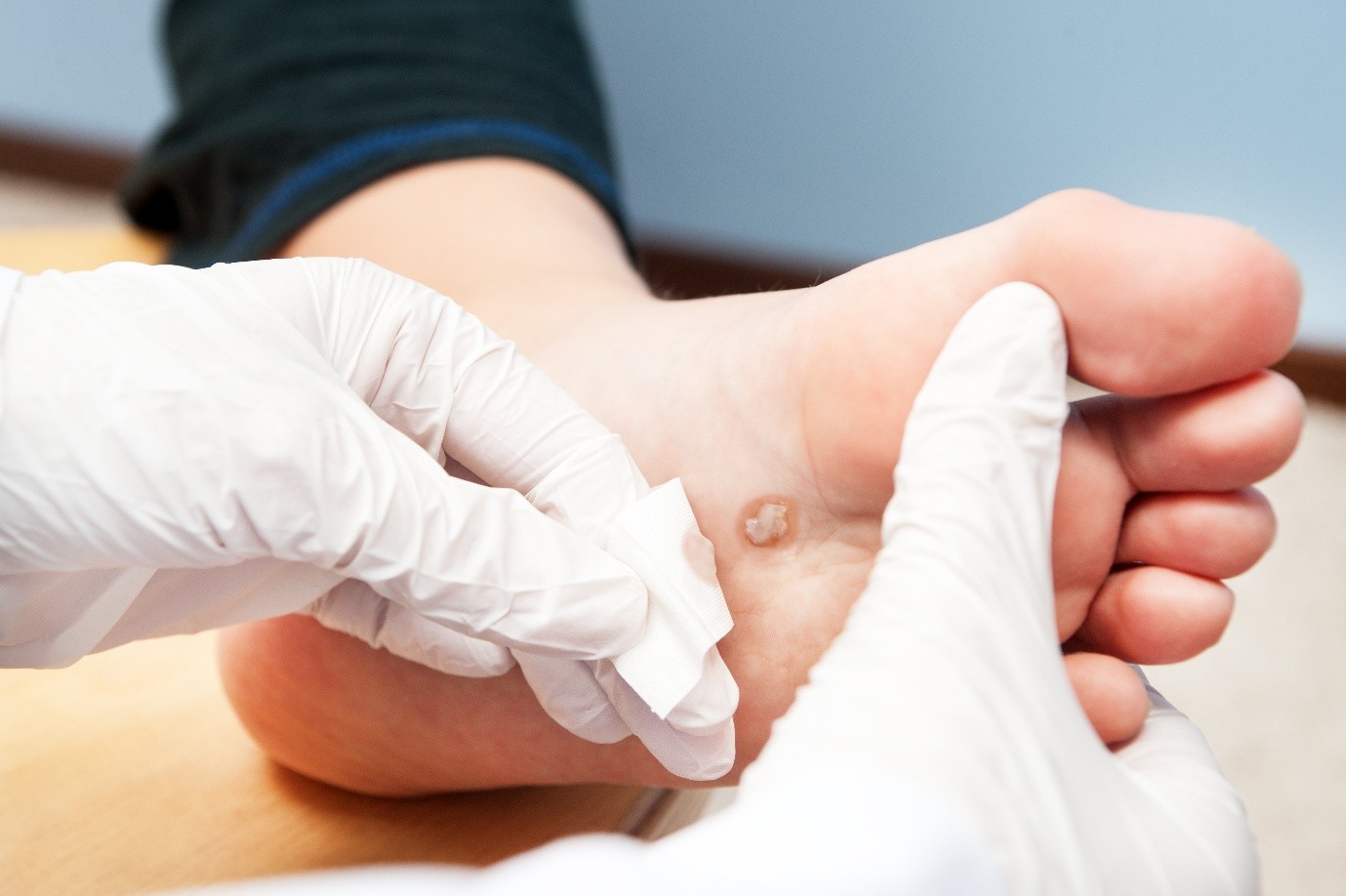Effective Wart Removal: Say Goodbye to Unwanted Skin Growths
Effective wart removal has come a long way in recent years, thanks to advancements in technology. With innovative techniques like laser treatments and cryotherapy, removing unwanted skin growths is faster, more precise, and less invasive than ever before. These modern methods not only improve the effectiveness of wart removal but also enhance the overall patient experience, making the process more comfortable and efficient.
Wart removal plays a vital role in restoring smooth, healthy skin by eliminating unsightly growths. In the past, treatments often required multiple sessions and could be uncomfortable or time-consuming. However, with the introduction of state-of-the-art technologies, wart removal is now more accessible, offering better results with less downtime.
One breakthrough in wart removal is the use of laser technology, which precisely targets and eliminates warts while minimizing damage to surrounding skin. This technique ensures a quick recovery and more natural-looking results, making wart removal easier and more effective than ever.


What Are Warts?
Warts are non-cancerous skin growths caused by the human papillomavirus (HPV). They appear when the virus infects the skin, leading to the rapid growth of cells in the outer layer of the skin. Warts are typically harmless but can be unsightly, painful, and contagious, making removal desirable for many individuals.
The appearance of warts varies depending on the type:
- Common Warts: These are usually found on the hands, fingers, or around the nails.
- Plantar Warts: Found on the soles of the feet, these warts can be particularly painful due to pressure when walking.
- Flat Warts: Smaller and smoother, flat warts often appear on the face, neck, or legs.
- Genital Warts: These are sexually transmitted and affect the genital area.
While warts may eventually disappear on their own, treatment is often preferred to speed up the process and minimize discomfort.
Methods of Wart Removal
There are several ways to remove warts, ranging from simple home remedies to medical procedures. Let's take a closer look at each option.
1. Over-the-Counter (OTC) Treatments
Many people begin their wart removal journey with over-the-counter treatments, which are readily available at pharmacies. These products typically contain salicylic acid, a compound that helps break down the layers of the wart over time. The process involves applying the treatment to the wart and covering it with a bandage for several days or weeks.
While effective for many individuals, this method requires patience and consistency. It may take several weeks of repeated application to fully remove the wart, and results may vary depending on the type of wart and its location.
2. Cryotherapy (Freezing)
Cryotherapy is a popular treatment that involves freezing the wart with liquid nitrogen. This procedure is commonly performed by dermatologists or healthcare professionals. The extreme cold causes the wart tissue to die and eventually fall off.
Cryotherapy is a fast and effective method, but it may cause discomfort or a stinging sensation during the procedure. Multiple sessions may be needed, especially for larger warts or warts that are resistant to treatment.
While cryotherapy is a widely used technique, it may cause side effects like blisters, scarring, or changes in skin pigmentation. However, these effects are usually temporary and heal over time.
3. Electrosurgery and Curettage
Electrosurgery and curettage are often used for larger or more persistent warts. In this procedure, the wart is burned off using an electric current (electrosurgery), and the remaining wart tissue is scraped away (curettage). This method is effective but requires local anesthesia to minimize pain.
Although the procedure is highly effective for removing warts, it may leave scars or cause swelling. The recovery time is relatively short, but you should follow your doctor's instructions to ensure proper healing and prevent complications.
4. Laser Treatment
Laser treatment uses intense light to target the wart's blood vessels, causing it to shrink and fall off. Laser treatment is generally used for warts that are difficult to remove or located in sensitive areas. This option can be particularly effective for stubborn warts that haven't responded to other treatments.
Although laser treatment is highly effective, it can be expensive, and multiple sessions may be required for complete wart removal. Side effects are rare but may include scarring or temporary skin discoloration.
5. Immunotherapy
In some cases, your doctor may recommend immunotherapy to treat warts. This method stimulates your immune system to target and destroy the wart-causing virus. Immunotherapy can be especially useful for warts that are resistant to other treatments.
Various immunotherapy techniques exist, including the application of topical treatments like imiquimod, which triggers the immune system to attack the wart. In some cases, injections of the drug interferon may be used to boost the immune response.
6. Surgical Removal
For particularly large or deeply embedded warts, surgical removal may be the most effective option. A surgeon will carefully cut away the wart tissue under local anesthesia. This option is usually reserved for warts that have not responded to other treatments.
Although surgical removal is effective, it may cause scarring, and the recovery period can be longer compared to other methods. It's important to follow proper aftercare instructions to avoid infection.
At-Home Remedies for Wart Removal
For individuals who prefer a more natural approach, there are several home remedies that may help with wart removal. However, it's important to note that these methods may take longer to show results and are not always as effective as medical treatments.
1. Apple Cider Vinegar
Apple cider vinegar has long been touted as a natural remedy for warts. It is believed that the acid in the vinegar may help break down the wart tissue. To use this remedy, soak a cotton ball in apple cider vinegar, apply it to the wart, and secure it with a bandage. Leave it on overnight, then remove it in the morning. Repeat this process until the wart disappears.
2. Duct Tape
Duct tape is a popular and inexpensive wart removal method. The idea is that the adhesive on the duct tape will gradually suffocate the wart, causing it to fall off. To use this method, cover the wart with a piece of duct tape and leave it on for several days. After removing the tape, gently rub the wart with a pumice stone or emery board.
3. Garlic
Garlic has natural antiviral properties, which may help combat the HPV virus that causes warts. To use garlic for wart removal, crush a clove of garlic and apply the paste directly to the wart. Cover it with a bandage and leave it on overnight. This process may need to be repeated daily for several weeks.
4. Banana Peel
Some people believe that rubbing the inside of a banana peel on the wart can help to eliminate it. The peel contains enzymes that may help break down the wart. Simply cut a small piece of banana peel and place it on the wart, securing it with a bandage. Repeat this process until the wart disappears.
Preventing Warts
While warts can be difficult to prevent entirely, there are several steps you can take to reduce your risk:
- Avoid Direct Contact: Since warts are contagious, avoid touching someone else's warts or sharing personal items like towels or razors.
- Keep Skin Clean and Dry: HPV thrives in moist environments, so keeping your skin clean and dry can help prevent the virus from spreading.
- Wear Protective Footwear: If you're walking barefoot in public places like pools or locker rooms, wear sandals to reduce your risk of plantar warts.
- Boost Your Immune System: A healthy immune system can help fight off the virus and prevent warts from developing. Eat a balanced diet, exercise regularly, and get enough sleep to keep your immune system strong.
Conclusion: Say Goodbye to Warts for Good
Warts can be an annoying and sometimes embarrassing skin issue, but effective treatments are available. Whether you choose over-the-counter remedies, professional treatments, or home remedies, there are multiple ways to get rid of unwanted warts. Remember, consistency is key, and if you're dealing with stubborn or recurring warts, consult with a healthcare professional for more advanced options.
Don't let warts affect your confidence or comfort. Take action today and enjoy smooth, wart-free skin!

